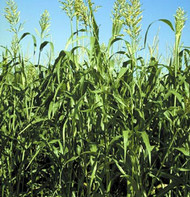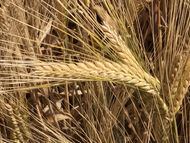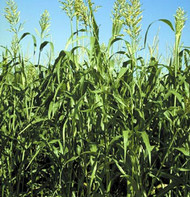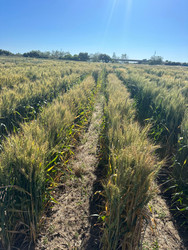Categories
Categories
- Home
- Cover Crops Seed
- Sorghum-Sudan TREATED WITH ‘Safir’ CALL FOR PRICING
Sorghum-Sudan TREATED WITH ‘Safir’ CALL FOR PRICING
Product Description
Sorghum-Sudan TREATED with “ Safir “
For quantities over 500 lbs. please contact us by Phone at 800 253 7346 or click here for a price quote and delivery options.
Sorghum-Sudan is a summer annual that should be planted after the threat frost however this is not the case with SW Sorghum Sudan when frost-damaged or under stress, can produce prussic acid (also known as hydrocyanic acid). This can be dangerous for livestock. However, certain varieties of sorghum-sudangrass hybrids have been developed that are prussic acid-free, such as those developed by Purdue University. These varieties are less risky for grazing animals. The Dhurrin-free sorghum technology, developed by Mitch Tuinstra at Purdue, involves identifying genotypes that do not produce dhurrin, a compound that breaks down to form prussic acid.
- Stress and Damage: Sorghum and sudangrass plants can produce prussic acid when under stress, such as during drought or after frost.
- New Growth: New growth after a frost is particularly high in prussic acid.
- Safety: Prussic acid dissipates as the forage dries. Hays are safe to feed once fully cured.
- Dhurrin-Free Technology: Purdue University has developed a technology that eliminates dhurrin, the precursor to prussic acid, in sorghum.
- Reduced Risk: This technology reduces the risk of prussic acid poisoning in livestock.
- Field Testing: The company extensively field-tested prussic acid-free hybrids in various conditions and found no prussic acid production.
Planting Rate 35 to 40 pounds per acre
 Loading... Please wait...
Loading... Please wait... 









